Museo Insular de La Palma (La Palma Island Museum)
A former 16th-century monastery houses a museum dedicated to the island and its culture.
Santa Cruz de La Palma is one of the first cities on the Canary Islands, dating back to the Castellian colonization in the 16th century. Today, the town still has many remnants from this time, some in the form of architecture and others in the form of art and objects. The latter part of this history is mostly housed in the Museo Insular de La Palma (La Palma Island Museum).
The museum is housed in a building that was once the Royal Convent of the Immaculate Conception Santa Cruz de La Palma, which was founded in 1508 by the Franciscan Order. Inside are two cloisters connected together with beautiful wooden corridors that surround two large courtyards. After this structure was abandoned by the monastic order that once called it its home, it was turned into a museum.
Inside the museum visitors can find several different wings that cover a number of subjects. On the top floor there is a room dedicated to modern art by local artists, while the lower corridor has a rotating exhibition on astrophotography and exhibitions of old technology, including the island’s first telephone. Another part of the museum houses an exhibition on the history of carpentry and shipbuilding, which was one of La Palma’s main industries.
One of the most interesting sections of the museum is its Natural Sciences Hall, which includes minerals, shells, and zoological specimens from the island and other parts of the world. A number of taxidermy animals are on display including birds, sea turtles, and sharks.
Know Before You Go
The museum is open Monday through Friday from 9:30 a.m. to 8 p.m. and Saturday from 10 a.m. to 2 p.m. It is closed on Sundays and bank holidays. Entrance costs €4 (a combination ticket can be bought for Museo Insular de La Palma and Museo Arqueológico Benahoarita).
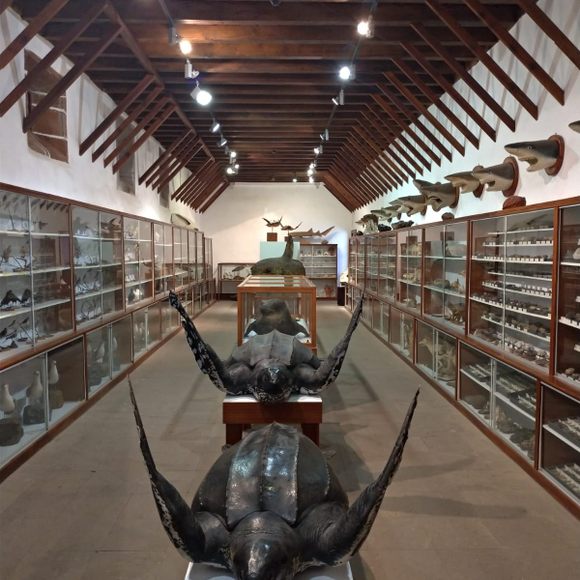

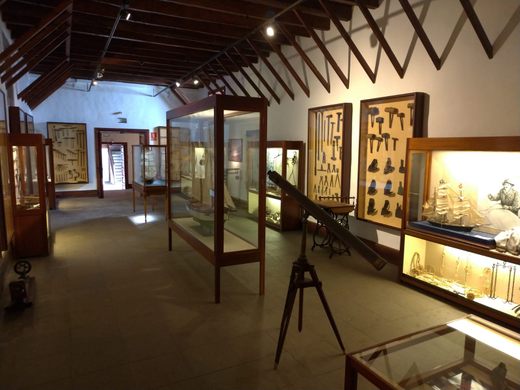

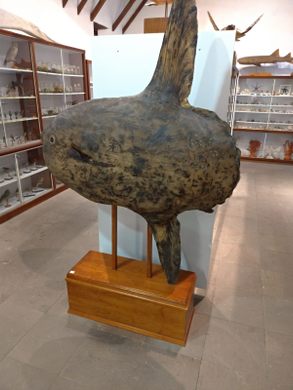









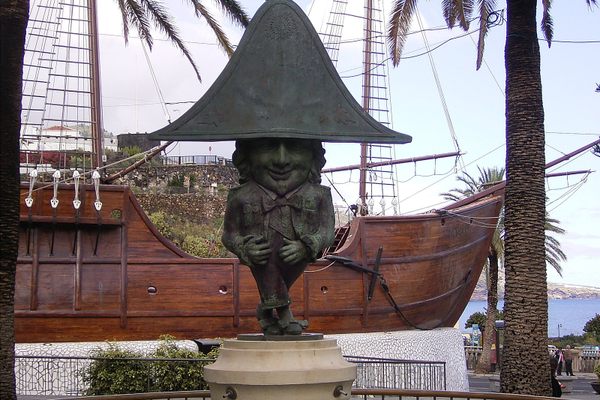
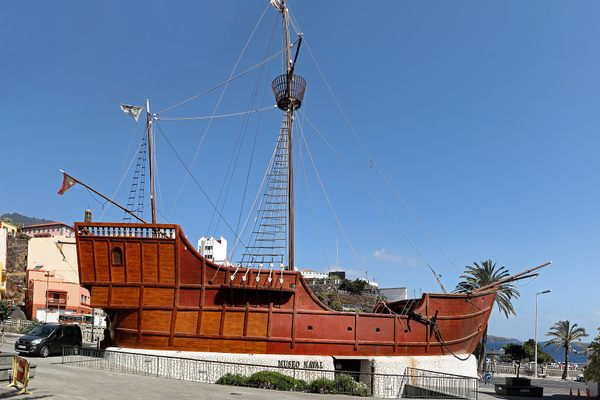
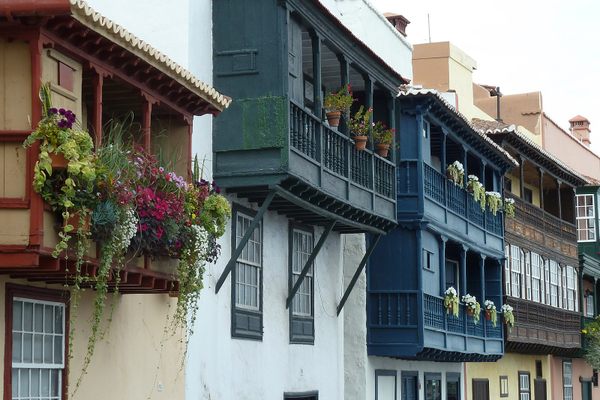
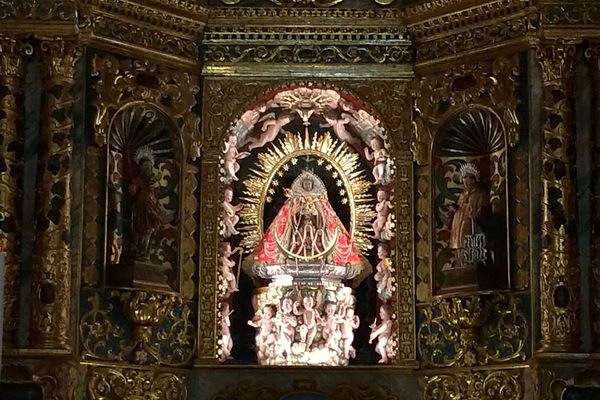
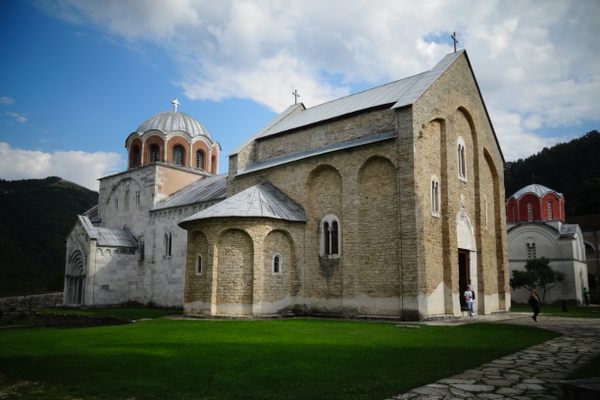

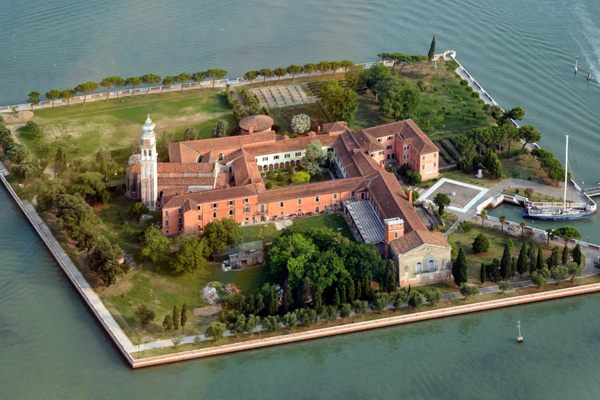


Follow us on Twitter to get the latest on the world's hidden wonders.
Like us on Facebook to get the latest on the world's hidden wonders.
Follow us on Twitter Like us on Facebook